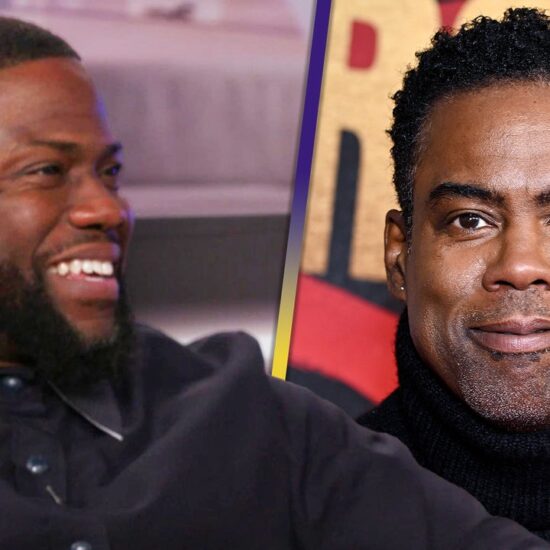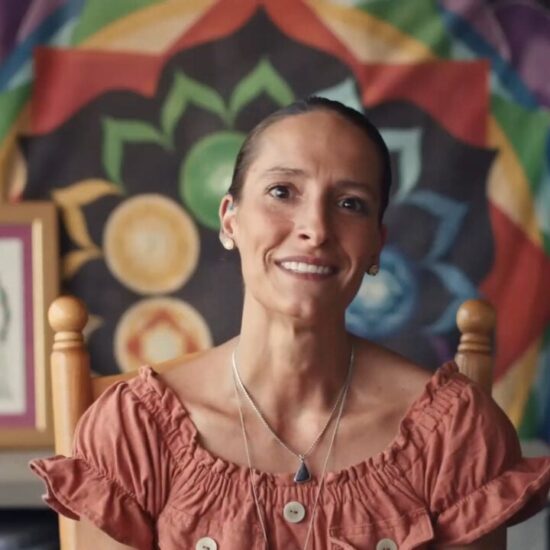
Successful documentary filmmaking can take a myriad of approaches, but the ones that actively take a truthful and unique perspective on their subjects are typically the most compelling. The directors nominated for Best Documentary at the 2023 Film Independent Spirit Awards–Snow Hnin Ei Hlaing (Midwives), Sierra Pettengill (Riotsville, U.S.A.), Laura Poitras (All the Beauty and the Bloodshed), Shaunak Sen (All That Breathes) and Simon Lereng Wilmont (A House Made of Splinters)–are all proponents of this approach.
These filmmakers sought truths that would enlighten their audiences and showcase diverse perspectives from individuals living in an array of places throughout the world. From the back alleys of Delhi and remote villages in Myanmar, to fake towns created by the U.S. government, the stories told represent people and places rarely seen in film.
The “Reel Life: Best Documentary” Directors Close-Up panel took place February 15 and was moderated by documentary filmmaker PJ Raval (Call Her Ganda). The topics presented ranged from gaining trust with your subjects, trusting yourself, and navigating the types of risk associated with documentary filmmaking.
Continuing this Wednesday, our full library of 2023 Directors Close-Up online sessions are still available to pass holders with three live in-person events (Guillermos Del Toro! Jason Segel and Shrinking! Best Feature filmmakers!) coming soon. See our events page for more details.
Raval initiated a fascinating conversation when he asked the filmmakers about the role of trust. He specified that this could pertain to earning trust with the subjects of the film or trusting yourself to tell the story effectively.
Laura Poitras: “[Nan] talks in the film about how she takes photographs and the agency of the people that she documents. She tries to give them the right to tear something up or the right to not have something shown. We built some guidelines like that. If there was something that was too personal for her, she was going to have the opportunity to say that ‘that’s not something I need to share with the general public,” Poitras said of her relationship with legendary photographer and activist Nan Goldin, who was both a main focus of the film and also served as a producer. In the end, Goldin was always onboard with the approach Poitras was taking and often even wanted to go even deeper, she added.
Simon Lereng Wilmont: “I think that’s probably the most important part of my project. I don’t know how I could’ve lived with myself if the participants weren’t okay to be in this film. It would be devastating,” Wilmont explained, as his film centers on children in quite difficult situations where they have been removed from their homes while awaiting court custody decisions.
“More importantly, I needed to make sure that the children understood even though I’m a filmmaker, this is not to please me and if there’s anything they didn’t want me to film, they should put up their hand, say stop or simply walk away, and obviously I would do that. In those cases where that actually happened, it’s so important for me as a human being to put down the camera and respect that situation. I think that fosters a lot of mutual trust.”
Snow Hnin Ei Hlaing: “When [my subjects] saw me, they thought I was a journalist. They were scared. They didn’t want their story to come out like a short news clip on social media,” said Hlaing on her struggle to explain to her two midwife subjects that she was actually a documentary filmmaker looking to observe their story over a long period of time and tell a thoughtful story. Her intention was not to misrepresent them with a short snippet as they may have feared.
“I wanted to observe what was happening in the region and how they had been helping Rohingya women and the community with their healthcare,” she added, stating that it took three or four months to fully gain her subjects’ trust. Snow Hnin Ei Hlaing would finish her thought by talking about how she was constantly at risk of being arrested while filming in the region and would have to be strategic when dealing with military personnel.
Raval delved further into the topic of risk by asking the panelists about the different kinds they faced and how they managed it when making their films.
Sierra Pettengill: “I have a heavy weight and responsibility to do justice to people who have been harmed and make sure that if it does get elevated to being part of a conversation, that what I’m contributing is reflective deeply and closely of the high stakes politics that it is meant to be addressing,” Pettengill explained, about the risk of misrepresenting important aspects of a story when you are in essence becoming a historian for the subject.
She went on to explain how her investors also had to evaluate their risk tolerance with funding this project since the nature of the politics in the film could be considered controversial to some. “This is a film about abolition. It’s a film that’s calling for the defunding of the police in the United States. It’s a little more radical than a lot of funders are totally up for” she said.
Shaunak Sen: Sen felt there were three kinds of risks involved with his film, which are emotional since the subjects are opening up about their life, political due to the volatile state of Delhi at the time, and betrayal. On the risk of betrayal, he said “you can betray characters and characters can betray you without either of those parties being malicious.”
On a more positive note, Sen said “I can’t wrap my head around how I’m in the same room as Tom Cruise and Spielberg” to illustrate the fact that taking big risks can lead to big rewards such as awards attention and worldwide acclaim.
To close out the conversation, a few audience questions were fielded that included a discussion about self-care on grueling shoots and how you know when it’s time to stop shooting. On the former, the consensus was that surrounding yourself with collaborators who you respect and enjoy being around is vital. On the latter, Simon Lereng Wimont summed it up quite well and said it’s time to stop shooting when your curiosity is sated.
The Directors Close-Up series continues with events through March 1 leading up to the 2023 Film Independent Spirit Awards on Sunday, March 4. Passes are on sale now.
Film Independent promotes unique independent voices by helping filmmakers create and advance new work. To become a Member of Film Independent, just click here. To support us with a donation, click here.













